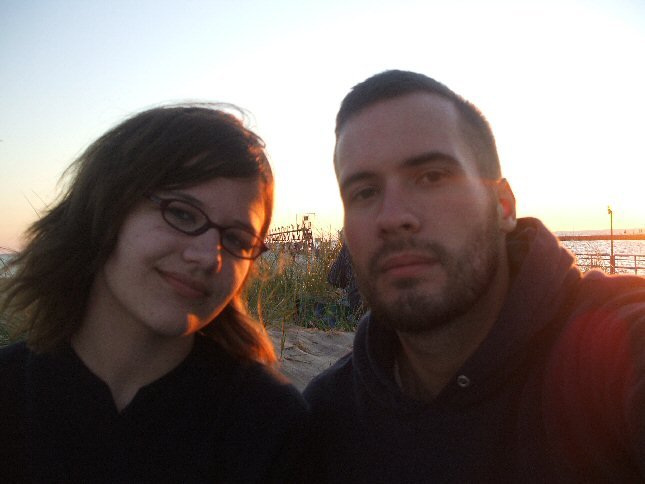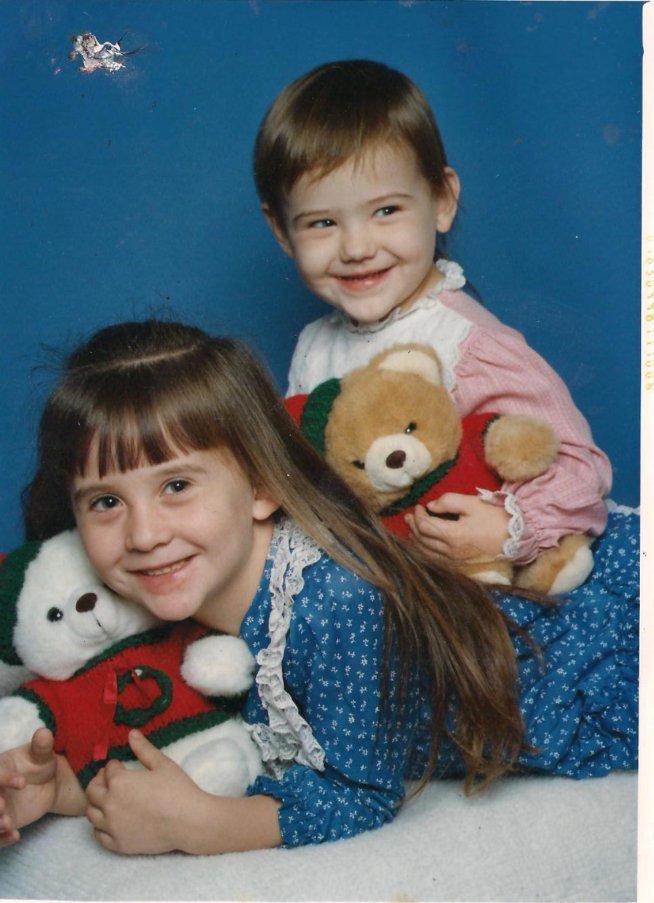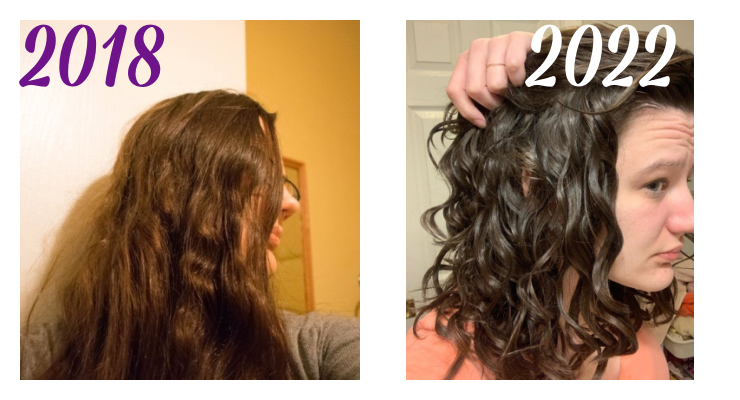Can Puberty Make Straight Hair Turn Wavy or Curly?
Puberty can cause changes to hair texture. For some kids their hair will go from straight to wavy or curly. For others, their formerly wavy or curly hair may get straighter!
Androgens are male hormones but both sexes have some, and both genders have an increase in androgens during puberty. This increase in androgens is responsible for increased body hair seen during puberty, and it can also change the hair folicle shape from round to flat which can change hair from straight to curly. (Source: ScienceWorld.ca)
Can Pregnancy Make Straight Hair Wavy or Curly?
Pregnancy and/or postpartum hormone changes can change hair texture. Some women find that their hair gets curly during pregnancy, but goes back to being straight after having the baby. For other women, the curls will hang around long-term!
Some women find that their hair gets curlier during or after pregnancy, while others see their hair get straighter during or after the pregnancy.
Pregnancy prolongs the growth cycle of hair. It’s common for women to get really thick, healthy hair while pregnant, and then to experience a lot of hair loss at the end of pregnancy or in the weeks after the baby is born. (source: WomensHealthMag.com.)
Can Menopause Make Straight Hair Wavy Or Curly?
The hormone changes that occur around menopause can change hair texture. Some have their hair get curlier, some have their hair get straighter.

From about 14-23 there are hardly any pictures of me without my hair straightened! Here is a rare one, I think I was about 17 here. When I didn’t straighten my hair it didn’t look wavy, it was just ‘poofy’.
Why Hormones Can Change Your Curl Pattern
NPR had an article about straight vs wavy hair, and their experts admitted that they don’t know for sure why hair texture changes, but they suspected hormones play a role. As of right now, the science that we would need to understand these changes just isn’t well understood.

I’m the smaller one, here. My hair was straight as a baby and toddler. No baby curls for me!
How Our Genetics Impact Our Curl Pattern & Hair Changes
Straight hair is recessive and curly hair is dominant. When we know that our hair type is genetic, that leads us to think that our hair type should be consistent across our lifetimes. If our hair texture is genetic, why do so many people see their hair texture change at different ages?
It’s not completely understood yet even by experts. However, we know that hair type is impacted by epigenetics. Meaning, our hair type genes can be expressed or silenced at different times in our lives. For example, if one of your parents had straight hair, and the other had curly hair, you may have one straight hair gene and one curly hair gene.
This may result in you having wavy hair, or you could have straight hair, or curly hair depending on the genes you received, and which genes are ‘activated’ at different times in your life. If you have a straight hair gene and a curly hair gene, it’s possible that those different genes will be dormant at certain phases in your life, and actively expressed during other periods in your life.
It’s believed that environmental factors can cause the activation of different genes. With hair, my suspicion would be that part of what activates (or silences) our hair genes is tied to our hormones, because it’s so common to see hair changes occur around puberty, pregnancy or menopause in particular.
Source: VeraClinic.net
Hormones Can Cause Hair Problems
Thyroxine and Triiodothyronine are hormones produced by your thyroid gland. With thyroid abnormalities like hypothyroidism and hyperthyroidism, it’s common to see changes in the hair. With hypothyroid, dry and brittle hair is common. With hyperthyroid thinner, brittle and oily hair is common.

What To Do If Pregnancy or Menopause Made Your Hair Wavy
If you always had straight hair and now it’s wavy, it’s okay! You aren’t alone in being an adult who is new to learning how to care for wavy hair. I was about 25 when I realized my hair was wavy. My hair had been wavy already, but I just didn’t realize it because I was brushing it out and making it poofy.
So first, know that you aren’t alone, and you don’t have to be embarrassed about not knowing how to care for your new waves! Second, I’d recommend starting with a basic routine. I have a blog post called the easiest curly girl method routine for beginners. I tried to break it down into simple steps to help people get started.
Expect the process of learning to care for your waves to be a journey with successes and misses. Whenever you come across questions or struggles, try searching my blog. I’ve covered a wide range of problems that you may come across, such as how to get a gel cast, how to determine your wavy hair type, how to fix frizzy wavy hair, how to get bigger curl clumps and SO much more.
If you don’t find help, feel free to drop me a comment with your question or concern, I may just make a new post to help you out!

Emily hi! You may want to add old age to your list. I am 77 and the more my blonde hair turns white and silver, the wavier it gets with some ringlets underneath and some almost straight at the crown. My hair is 2A-2B, very fine, low density and low porosity. My mother had wavy hair, my dad straight and both had fine hair. So one gene from each. All three of my biological sons have from cozily curls to waves. Their dad had curly hair. All of the grandchildren have coils to wavy hair. The greats have straight to wavy hair. But they are all younger than puberty so we will see. What has been the most surprising is the color blonde seems dominant as all my granddaughters married dark haired Hispanic men except one and he shaves his head (in the Navy) so don’t know the color. Lainie has coils curls and her 2 year old daughter has blond straight hair like mine was as a toddler. Genetics are fun especially in a large family like mine. By the way, my white hair is even finer than my blonde was. Go figure!
Yep, age can definitely change hair texture, too. I read somewhere that our hair growth cycle ranges from about 2-7 years depedig on the person bu that 4-5 years is the most common cycle length, so at each of those cycles it’s possible for your hair to change. I think it’s easiest to see in young children, you can almost see their first cycle of hair vs their second, vs their third if you think about the differences in hair seen in kids 0-5 vs 5-10 vs 10-15. When you consider how common it is for kids under 5 to have “baby hair” that is super fine and thin, but then the kids in the 5-10ish age range have thicker hair that isn’t baby-like anymore, but is still more fine than adult hair is…and the after age 10 or so most kids hair changes again and is closer to regular adult hair.